Penguins are starving as Antarctica gets warmer. Drones are counting the losses.
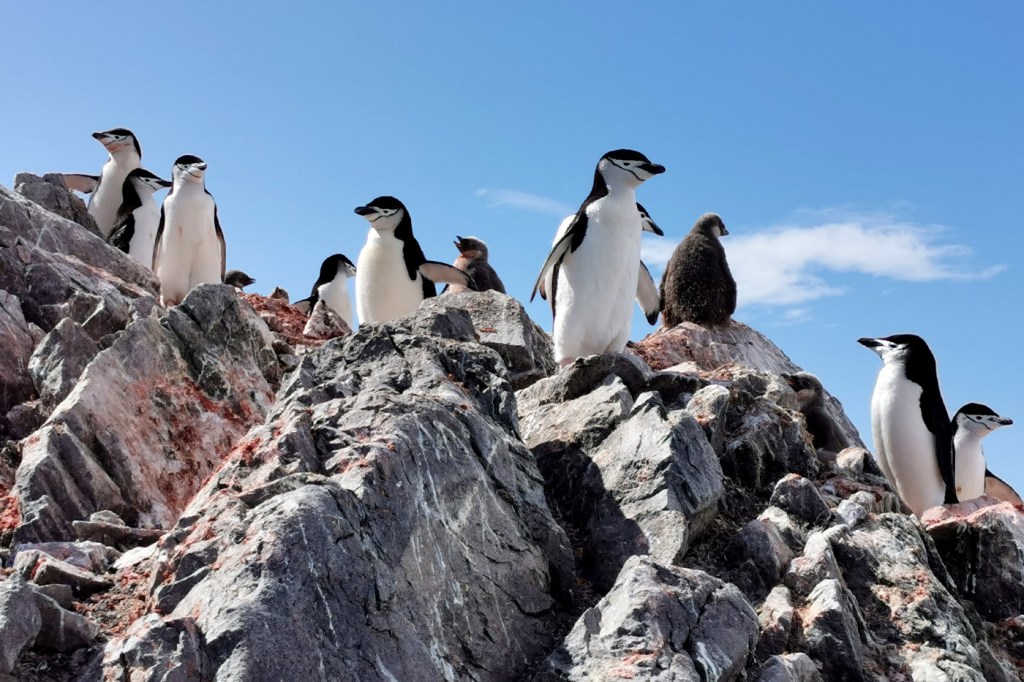
ELEPHANT ISLAND, Antarctica—Yang Liu packs his drone, puts on his hiking boots, and dons a life vest before climbing into the inflatable boat that will take him and a team of researchers to a small island 150 miles off the tip of the Antarctic Peninsula.
Liu, a doctoral student of robotics at Northeastern, is part of a scientific expedition that has sailed on the Greenpeace vessel Esperanza from Ushuaia, on the Tierra del Fuego archipelago of Argentina, to Elephant Island.
Scientists suspect that the population of the chinstrap penguins that inhabit the island is dwindling. Using drones and machine learning algorithms to speed up the process of counting penguins in large and inaccessible areas, the team is seeking to measure the decline.
As the dinghy departs the Esperanza, which remains anchored at a safe distance from the underwater rock formations off the island, Liu sees what looks like a snow-clad mountain sticking out of the ocean.
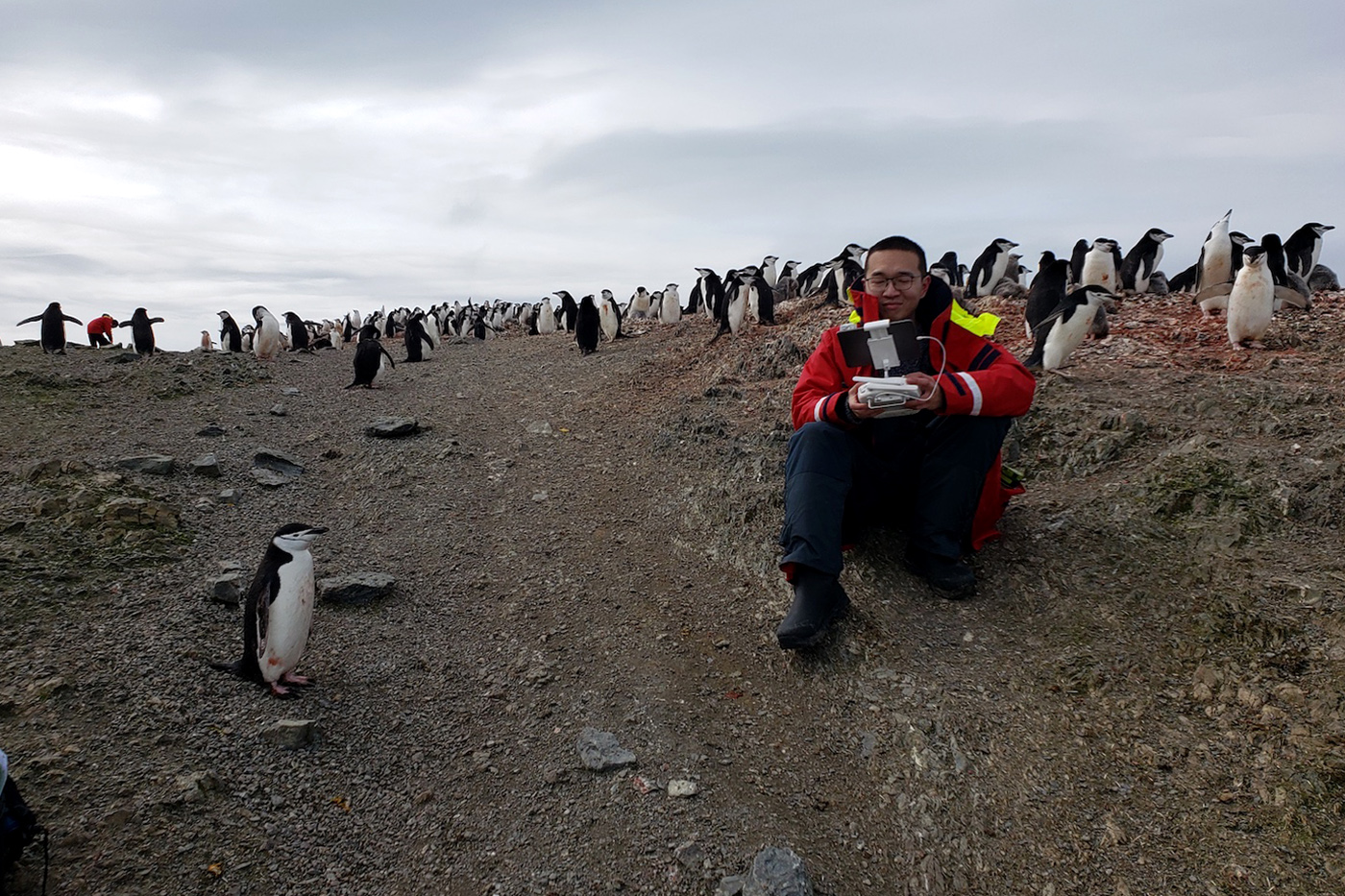
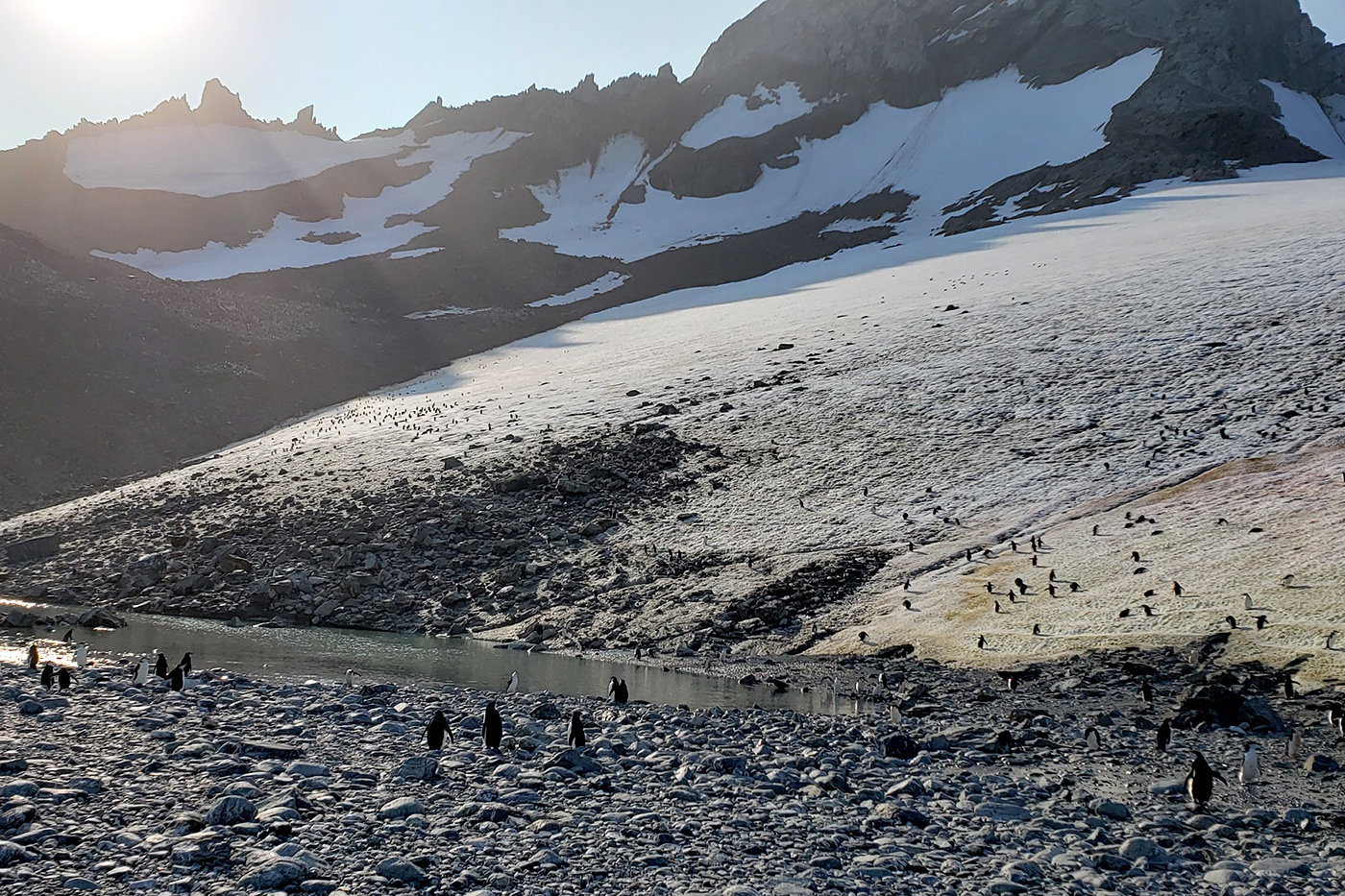
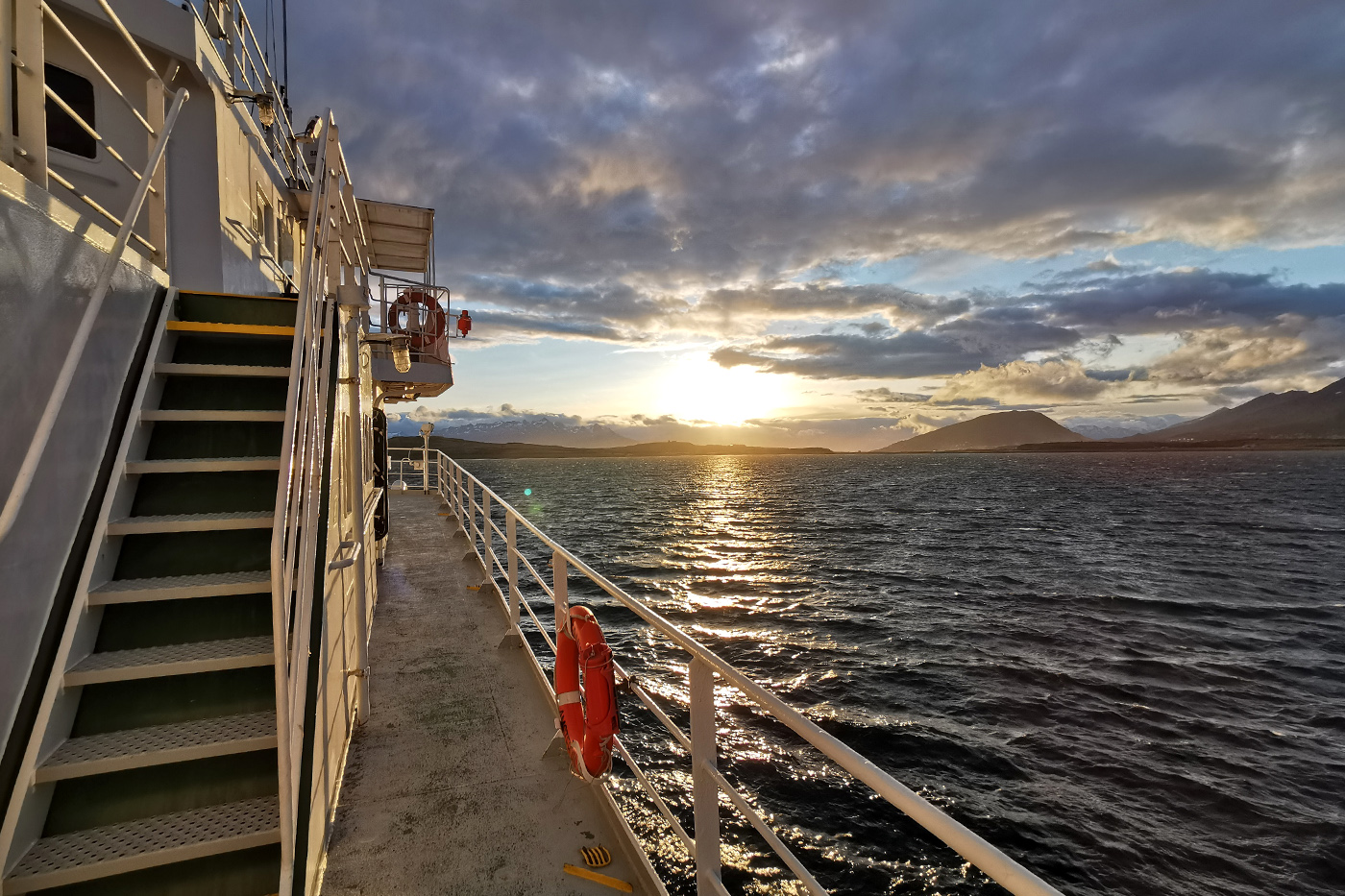
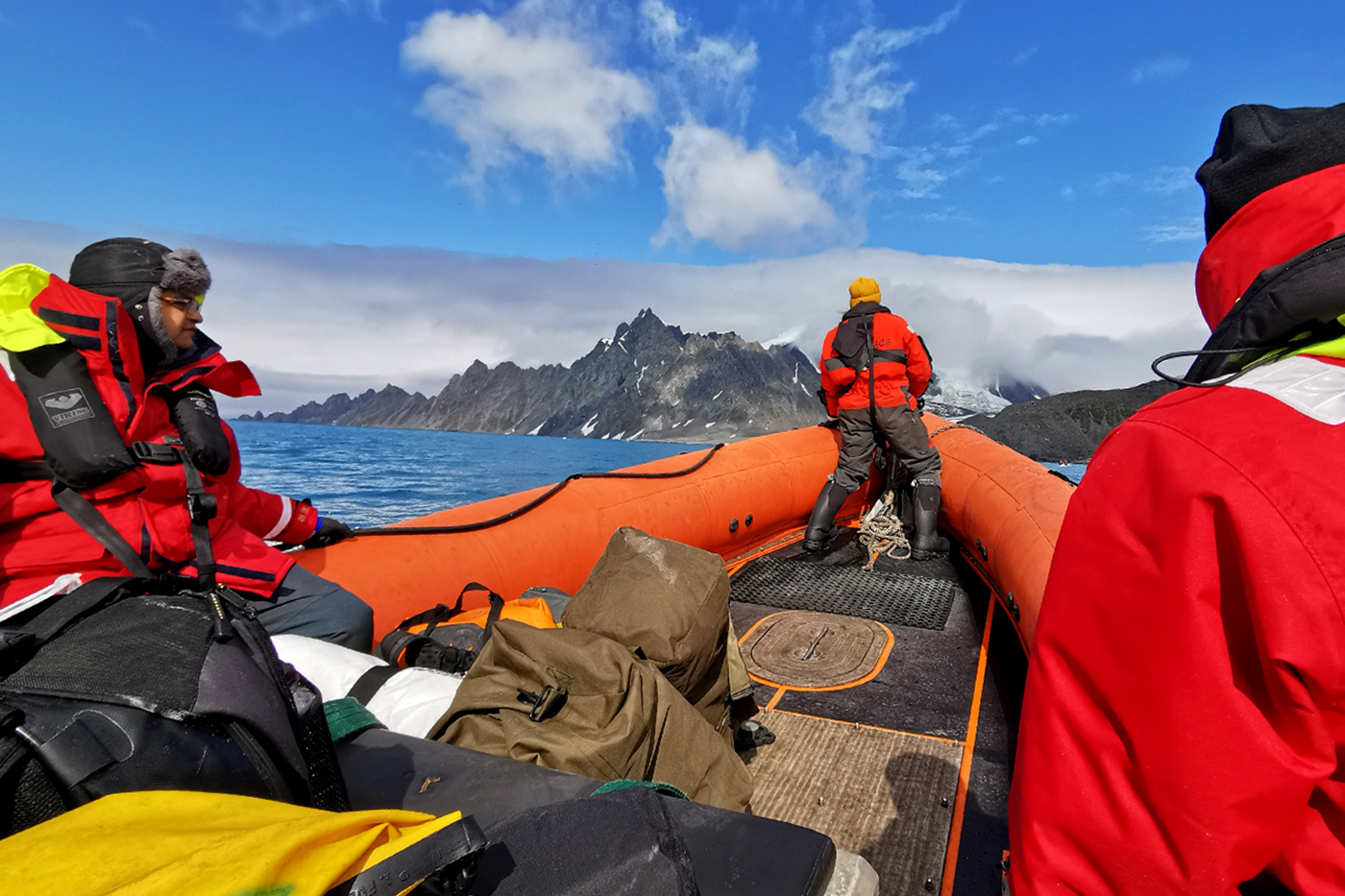
Dry and frigid, Elephant Island isn’t particularly lush. Other than a special species of grass, nothing grows here. With its frozen, steep, and mountainous terrain, the island seems to be sending back a message, loud and clear: Humans are not welcome.
For the researchers, however, after three days of tossing atop the wild seas of the Southern Ocean, this piece of land is breathtakingly beautiful.
It’s difficult to know for sure, but the residents of Elephant Island might not share the scientists’ joy when they see them coming. The raft approaches the island, and its inhabitants remain vigilant.
The islanders—elephant seals, fur seals, and other sturdy oceanic birds—are some of the only animals that nature has equipped to live on Antarctica.
That list includes the small, black-and-white, ever-waddling chinstrap penguins, whose loud and relentless squawking makes for one of the only other voices on the island—and for ringing ears when people hang out near them for too long.
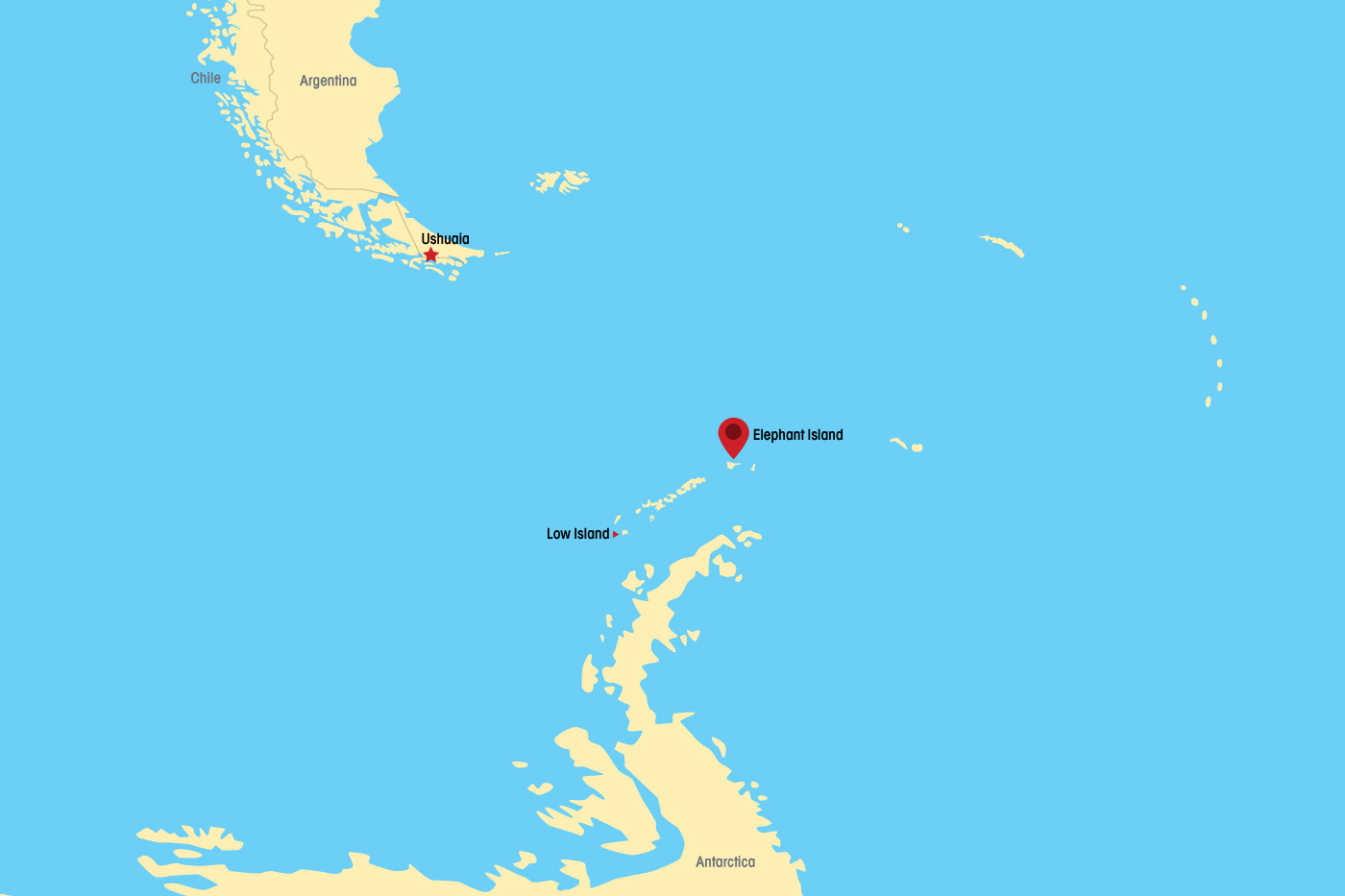
Taking his first steps on a rocky beach at a site called Penguin Ladder, Liu must remember an important rule: Stay clear of the fur seals, and never put yourself between them and the water.
“Since we are working on the local animals’ territories every day, I have learned to leave enough space and respect their privacy,” Liu says.
No human settlements exist in this part of the world. But humans (or, rather, the effects of our lifestyles) have been here all along.
The oceans, estimated to be taking in more than 90% of the excess heat from global warming, have been buffering the effects of climate change at the cost of overheating their waters.
Scientists are working to understand the specifics of warming in the Southern Ocean, how it is changing the lives of everything that lives here, and how those conditions could affect other parts of the world.

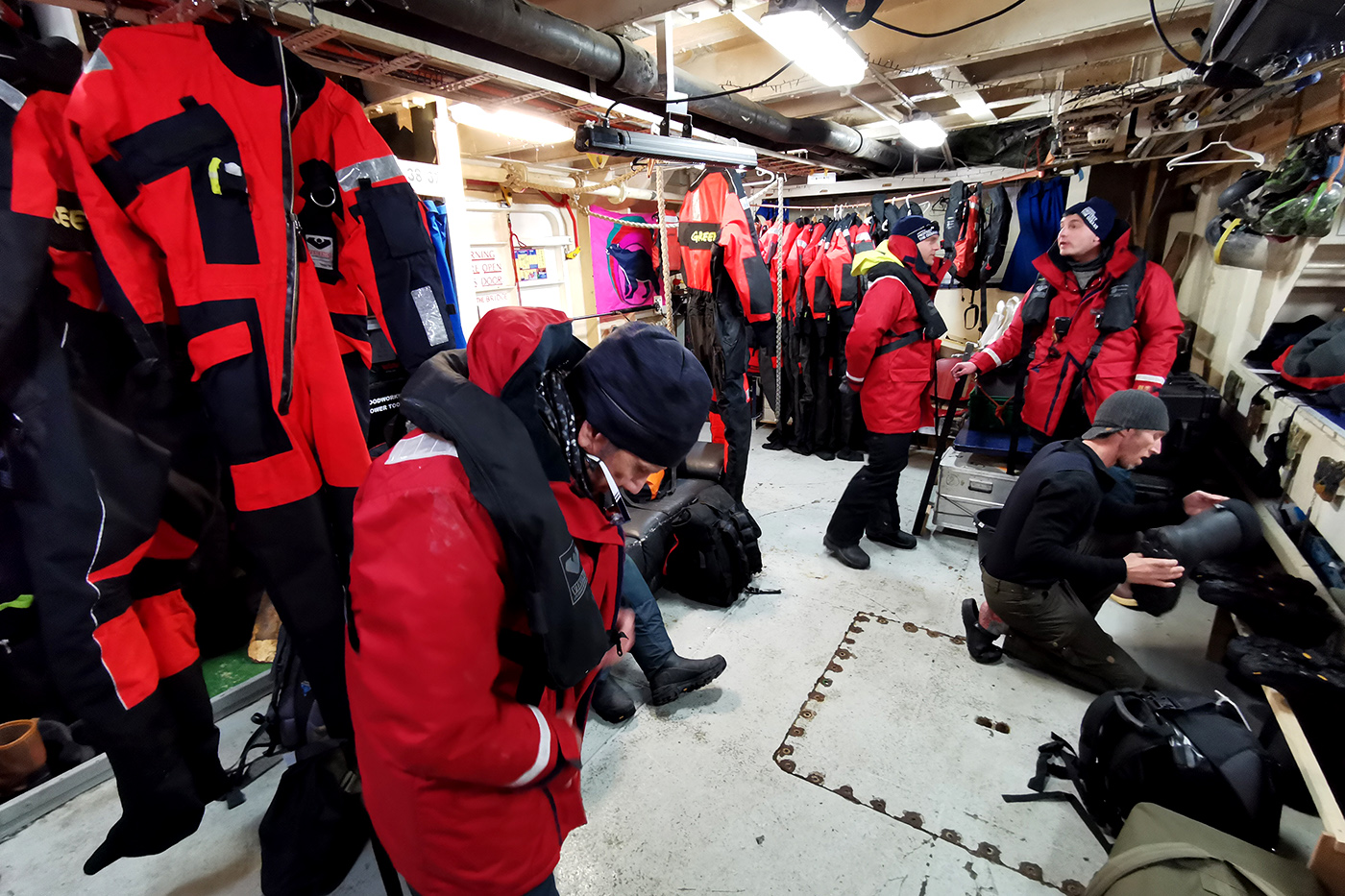
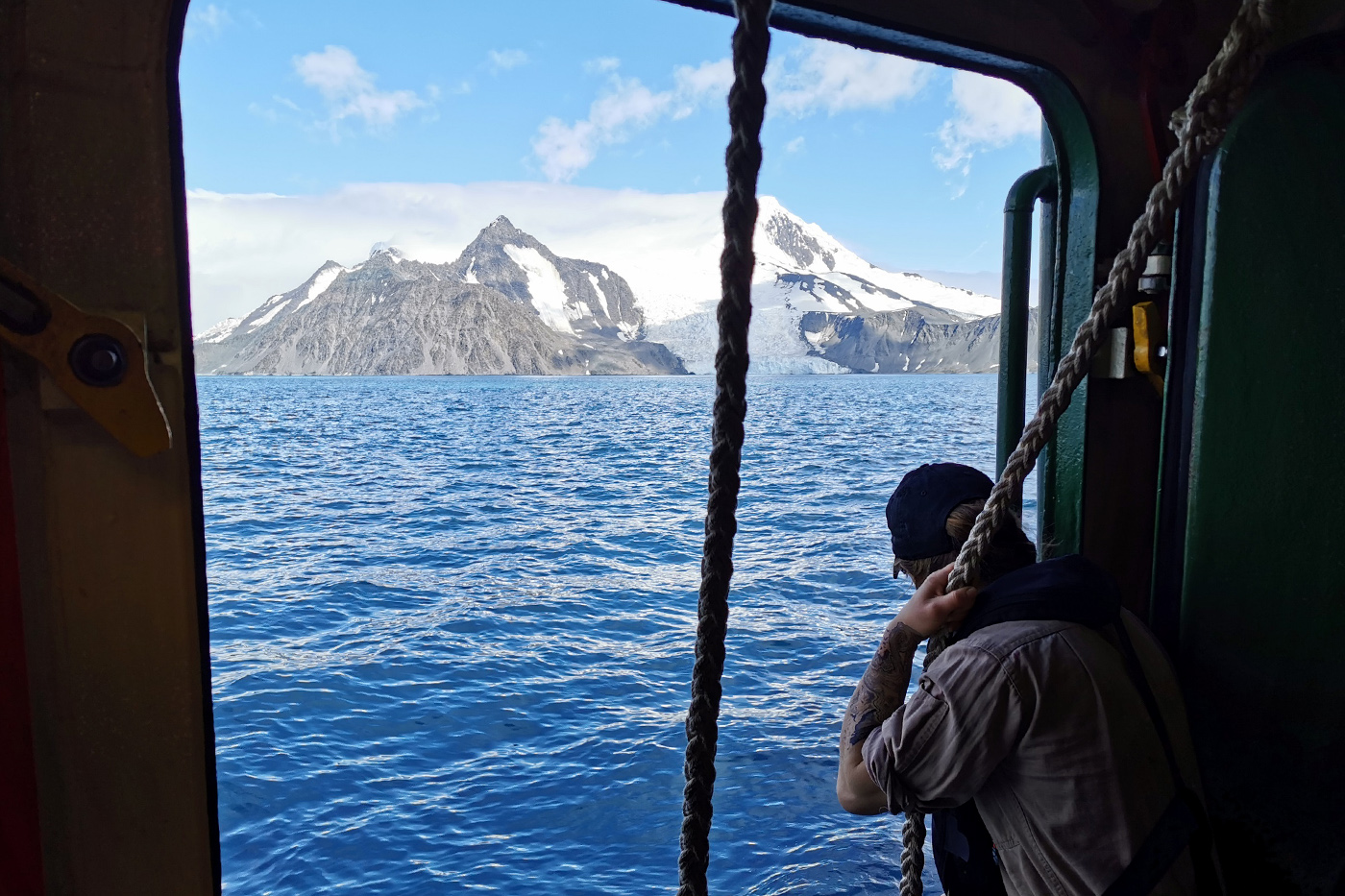
Liu, joined by researchers from Stony Brook University, is part of a project to study the penguin population on the Antarctic Peninsula. Other populations of penguins, such as Adélie penguins, a species that lives all around Antarctica’s rocky coasts and islands, are also in decline here. Scientists believe these effects are linked to warming trends that appear to be most profoundly felt along the peninsula.
Changes within the environment around the peninsula’s shores might mean that populations of krill, the small crustaceans that are the chinstrap’s favorite food, are moving southward, toward colder locations beyond the reach of chinstrap penguins on Elephant Island.
A census of the penguins here could provide an indication of the health of the ocean.
Some populations of penguins are easy to count because they pack themselves into dense colonies in flat areas. That’s not always the case on Elephant Island.
At Penguin Ladder, penguins are scattered among the steep, rocky cliffs, and the scientists have to hike up to find them.
“The chinstrap penguins prefer living on rocks, which are some level above the sea,” Liu says. “Some of the colonies on the top of some hills are 50 to 100 meters (or more) above the shore.”
As the scientists climb, picking their way over rocks and loose gravel, some of them quickly run out of breath. To keep going, they need to remember one important principle: If the penguins can do it, they can, too.
The spread-out population of chinstrap penguins in this hostile geography makes counting the squawkers logistically difficult.
For Liu, who works in a robotics lab directed by Hanumant Singh, a professor of electrical and computer engineering at Northeastern, counting is a bit easier. He is here to perform aerial surveys using unmanned aerial vehicles to do the job.
Up close with the penguins, and equipped with a quadcopter, radios, and GPS devices to begin the surveying, Liu stands on soil and rocks stained with patches of penguin guano, or excrement. It sticks to his boots, pants, backpacks, and everything else.
But more than simply being an uninvited guest on the expedition, the feces can actually be useful.
Penguins poop a lot, and they tend to crowd closely together. The guano inevitably accumulates in amounts so great and so distinct that it can be used to spot potential penguin colonies with satellites.
After setting the points to be scanned from the air, Liu surveys large areas with his drone to count chinstrap fairly quickly. Autonomously, the drone flies in a grid pattern and takes pictures every two seconds.
Those images are then processed into a photomosaic, which gives the team a single snapshot of a large area, with the details found in individual images. That much detail is useful for counting penguins in areas that researchers have difficulty reaching. It’s a process that also combines artificial intelligence to do the counting.
“For sites which are too large for manual penguin counting, we use the machine learning program to count the penguins automatically,” Liu says.
When Liu and the team of researchers head back to the Esperanza to crunch the numbers, the smell of guano is replaced with a sense of consternation that fills the air.
The chinstraps haven’t been counted on Elephant Island since 1971. Now, the team’s data suggest that over half of that population is gone. The observations are similar to the falling numbers of chinstrap penguins in other parts of the continent.
The story is different when the team counts the gentoo, another penguin species that lives on the island. Gentoo numbers are on the rise, and that is no surprise. Scientists believe that warmer temperatures allow gentoo penguins, which feed on more than just krill, to thrive farther south.
Liu and the team move on to a new, no-less challenging location about 400 miles away. Low Island, exposed to open water, is difficult to land on. The last known count was made in the 1970s, which the scientists believe was a rough estimate because of the difficulty in reaching the island.
Here, too, the counting goes on.
Roberto Molar Candanosa contributed to this report from Boston. For media inquiries, please contact media@northeastern.edu.





